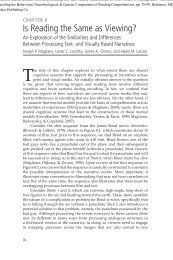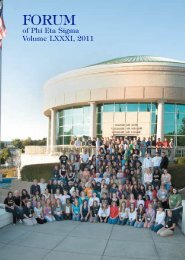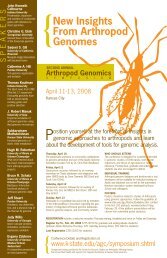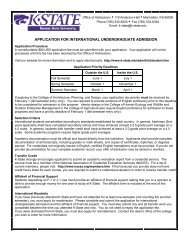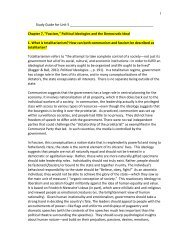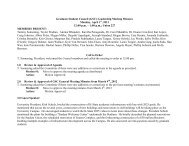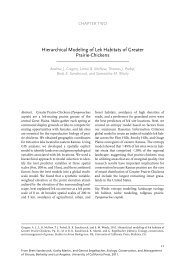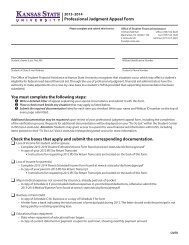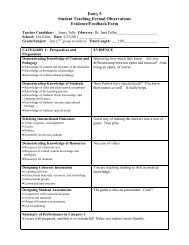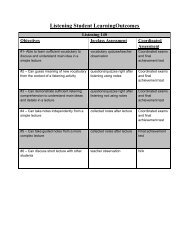Status Report, Vol. 36, No. 7, July 28, 2001 - Insurance Institute for ...
Status Report, Vol. 36, No. 7, July 28, 2001 - Insurance Institute for ...
Status Report, Vol. 36, No. 7, July 28, 2001 - Insurance Institute for ...
You also want an ePaper? Increase the reach of your titles
YUMPU automatically turns print PDFs into web optimized ePapers that Google loves.
y won’t like roundabouts, but they end up being fans<br />
questioned be<strong>for</strong>e construction thought there would be a safety<br />
improvement, and the proportion increased to 50 percent after<br />
roundabouts were installed.<br />
“Many drivers simply prefer the traffic controls they’re more familiar<br />
with. There’s a natural resistance to the unknown,” says<br />
Richard Retting, the <strong>Institute</strong>’s senior transportation engineer. “Still,<br />
some of the concerns we heard are based on real misunderstandings.”<br />
For example, far from being unsafe roundabouts significantly<br />
reduce crashes (see <strong>Status</strong> <strong>Report</strong>, May 13, 2000; on the web at<br />
www.highwaysafety.org).<br />
Communication is important to overcome biases and build support<br />
<strong>for</strong> roundabouts be<strong>for</strong>e they’re operational, Retting also notes.<br />
But this only goes so far because, <strong>for</strong> many people, seeing is believing.<br />
Eugene Russell, professor at Kansas State University’s<br />
Department of Civil Engineering and a co-author of<br />
the study, says that “at first communities say, ‘We<br />
don’t want roundabouts here. We don’t need them<br />
just because England or France has them.’ But<br />
after the roundabouts are in, communities<br />
like them because they work.”<br />
This is what happened in University<br />
Place, the first city in Washington State<br />
to build a modern roundabout. Public<br />
works director Steve Sugg says a demonstration was important to<br />
secure wide support. “Initially we had to overcome strong public<br />
opposition,” he says. “To try something this new and innovative required<br />
a heck of a lot of public involvement — more than I had ever<br />
been exposed to in my career. But in the end, people came around,<br />
and all of that ef<strong>for</strong>t paid off. <strong>No</strong>w we have five roundabouts, and<br />
they’re actually a source of pride <strong>for</strong> the citizens in the community.”<br />
Percent reductions in traffic delays<br />
and stopped vehicles after roundabouts<br />
■ stopped vehicles<br />
-14%<br />
KANSAS<br />
-19%<br />
■ delays<br />
MARYLAND<br />
-23%<br />
NEVADA<br />
-13%<br />
-34%<br />
-37%<br />
Percent of drivers who favor and oppose<br />
roundabouts be<strong>for</strong>e and after construction<br />
■ be<strong>for</strong>e ■ after<br />
63%<br />
31%<br />
41%<br />
15%<br />
FAVOR<br />
STRONGLY OPPOSE



